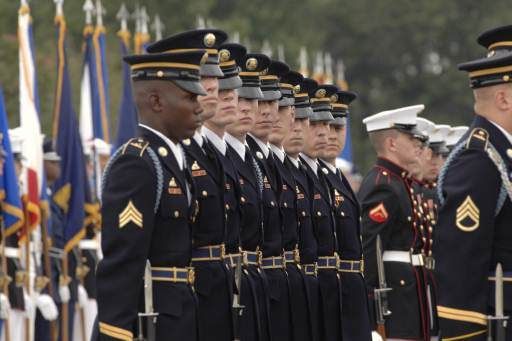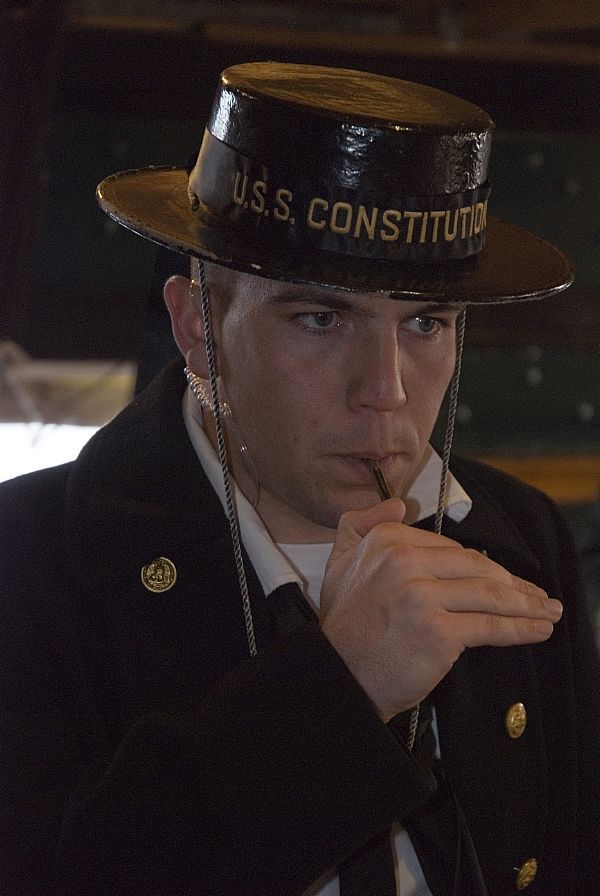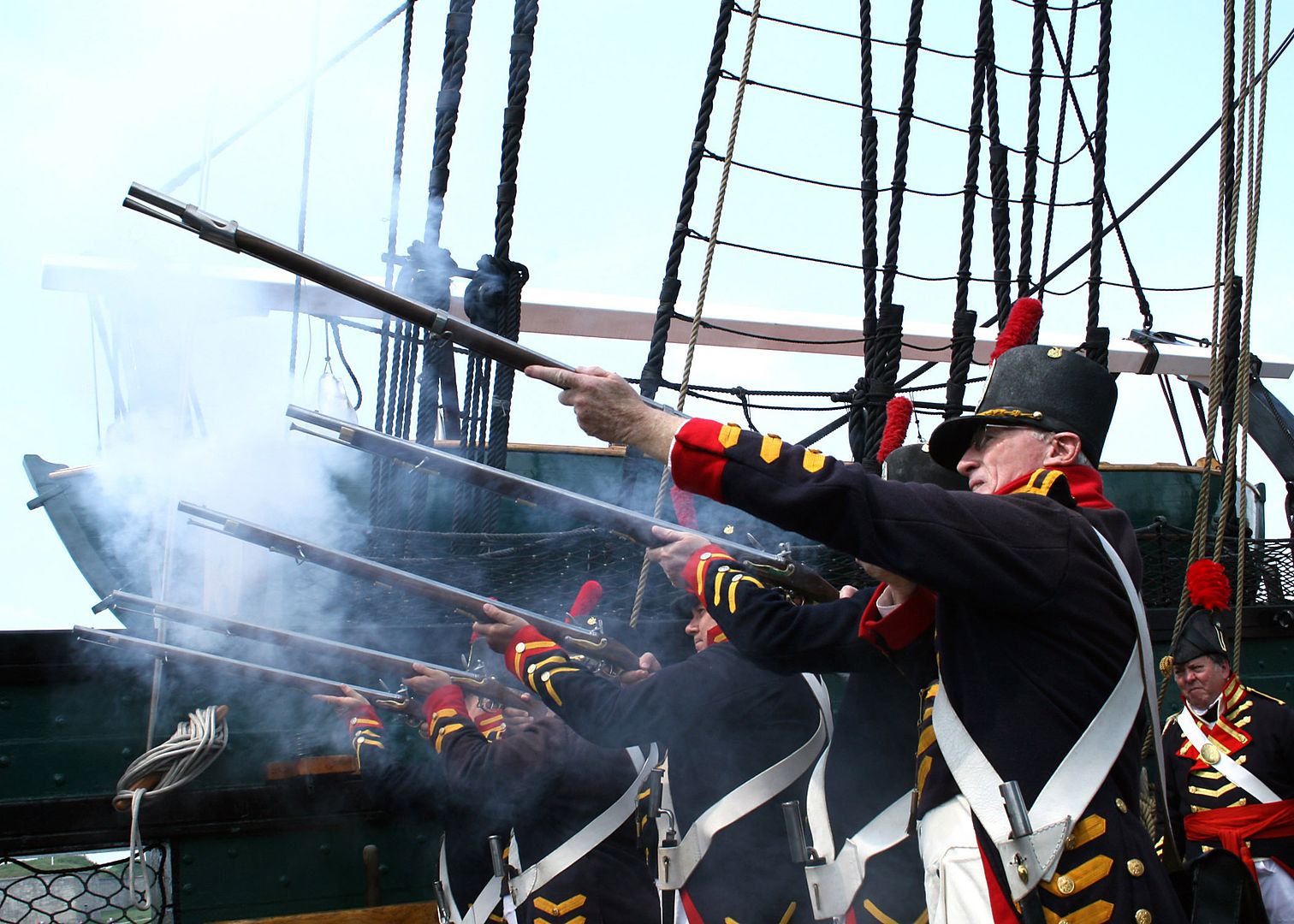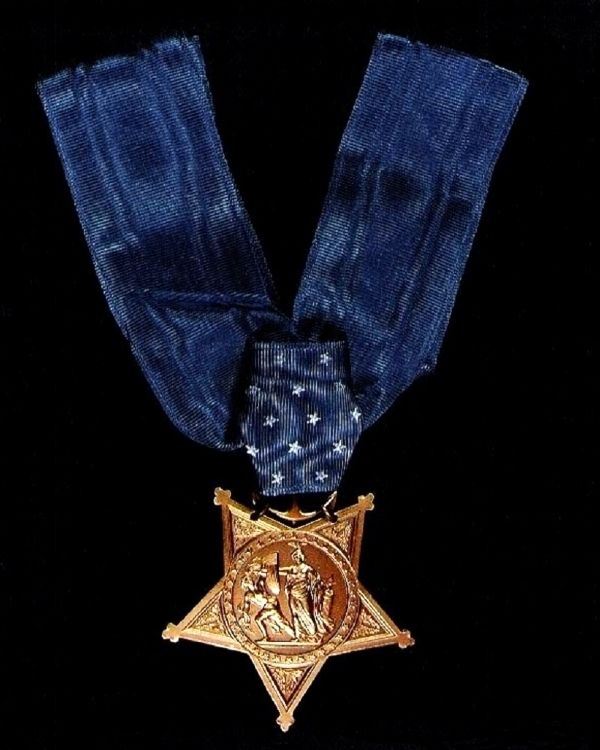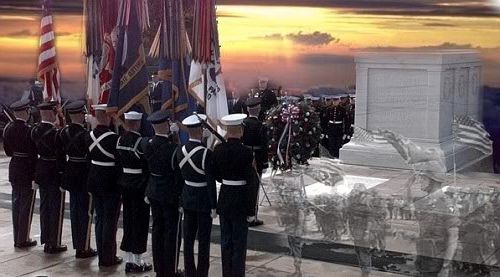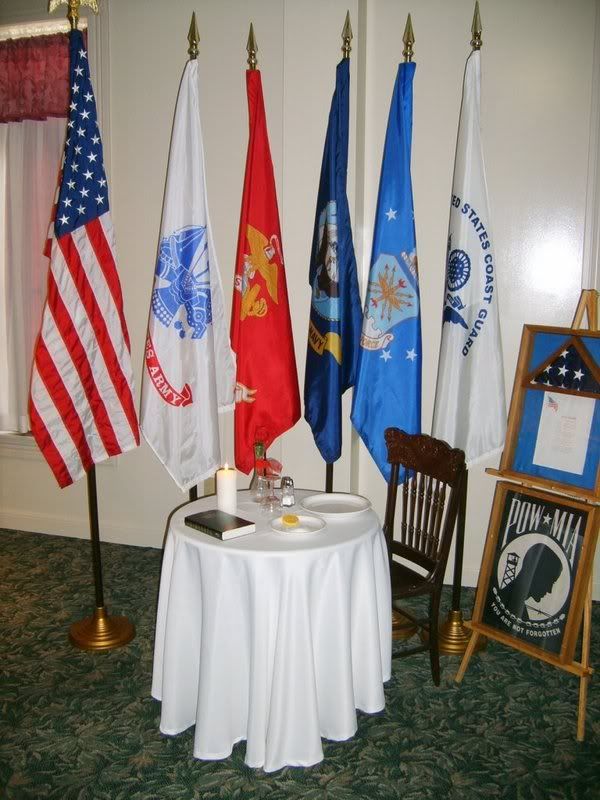Robert E. Galer was born on 23 October 1913 in Seattle. He graduated from the University of Washington in June 1935, and joined the Naval Reserve Aviation Base Seattle for flight training. He was commissioned a second lieutenant in the U.S. Marine Corps on 1 July 1936 In April 1937, Galer was designated a Naval Aviator. from the University of Washington in June 1935, and joined the Naval Reserve Aviation Base Seattle for flight training. He was commissioned a second lieutenant in the U.S. Marine Corps on 1 July 1936 In April 1937, Galer was designated a Naval Aviator. On 29 August 1940, he and his squadron mates of VMF-2 were trying to carrier qualify off San Diego. On the downwind leg his engine failed and he had to ditch his Grumman F3F. This was his first unplanned water landing; there would be more. In January 1941 VMF-2 moved to Ewa, Hawaii, a new Marine air base. Here it was redesignated VMF-211. One of its first missions was to qualify for carrier landings. In a military SNAFU, VMF-211's CO  expected a landing signal officer (LSO) to be assigned to the squadron for this task. Two weeks before the deadline CINCPAC informed him that no LSO would be forthcoming and that VMF-211 was still required to qualify. The CO recalled that Galer had spent much of the outbound voyage in the company of the LSO on the carrier that transported them to Hawaii. He summoned Galer, who readily admitted spending many hours with his buddy, the LSO. When he further confessed some familiarity with the LSO's duties, that was it. He was the new LSO for the squadron. The squadron qualified on schedule. expected a landing signal officer (LSO) to be assigned to the squadron for this task. Two weeks before the deadline CINCPAC informed him that no LSO would be forthcoming and that VMF-211 was still required to qualify. The CO recalled that Galer had spent much of the outbound voyage in the company of the LSO on the carrier that transported them to Hawaii. He summoned Galer, who readily admitted spending many hours with his buddy, the LSO. When he further confessed some familiarity with the LSO's duties, that was it. He was the new LSO for the squadron. The squadron qualified on schedule. When VMF-211 embarked for Wake, where all members were killed or captured, Galer was ordered to remain behind in Hawaii. He was the only spare LSO in the Pacific. Just before the Battle of Midway in June 1942, he was given command of VMF-224, a largely paper squadron whose only tangible assets at Galer's appointment were one other pilot, a few enlisted men, and one plane. He scrounged up more men and material and prepared to defend Hawaii itself, if needed.
Guadalcanal But the Japanese were turned back at Midway and the Americans seized the initiative, invading Guadalcanal in August. Galer's VMF-224 landed there on August 30. Henderson Field was under construction; few mechanics were in place; mud was everywhere. But the Seabees worked miracles with PSP (pierced steel planking), and the "Cactus Air Force" began taking its toll on the Japanese bombers. Galer's pilots scrambled continuously to meet the Japanese aerial onslaught. Typically coastwatchers stationed in the Solomons warned them of incoming Japanese attacks. "Forty bombers headed yours," was a well-rembered radio message from the isolated coastwatchers. The fighters of VMF-224, VMF-211, and whatever else Cactus could put in the air would take off, looking to gain altitude before the Japs arrived. When the shooting started, they went for the bombers. After the dogfighting, if ammo remained, they would strafe enemy ships or ground positions. worked miracles with PSP (pierced steel planking), and the "Cactus Air Force" began taking its toll on the Japanese bombers. Galer's pilots scrambled continuously to meet the Japanese aerial onslaught. Typically coastwatchers stationed in the Solomons warned them of incoming Japanese attacks. "Forty bombers headed yours," was a well-rembered radio message from the isolated coastwatchers. The fighters of VMF-224, VMF-211, and whatever else Cactus could put in the air would take off, looking to gain altitude before the Japs arrived. When the shooting started, they went for the bombers. After the dogfighting, if ammo remained, they would strafe enemy ships or ground positions. Although short of gas at times, Galer said the aviators would have been in worse shape had it not been for the efforts of the Australian coastwatchers. Without the warnings from the coast watchers, the marine fliers would have wasted valuable gas circling the field waiting for the enemy. The coast watchers' warnings helped save many American lives, and also had a direct impact on Galer himself when his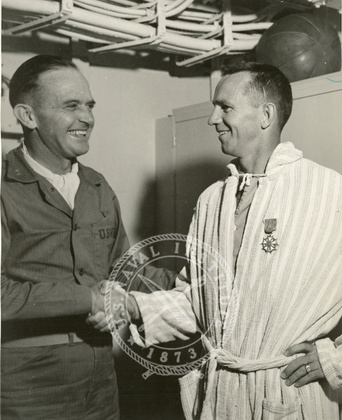 Wildcat was shot down. "'Barbara Jane' couldn't swim, so I had to swim off and leave her. I was fortunate to encounter the coastwatchers who assisted me in getting back the next day," he joked. This was one of three planes Galer lost to the enemy during his two and a half months on Guadalcanal - after another shoot-down, two Marines swam out from the island to assist him; a third ended with a dead-stick landing on the island. Each time, Galer went back into action, and in less than a month he accrued 11 individual kills. Wildcat was shot down. "'Barbara Jane' couldn't swim, so I had to swim off and leave her. I was fortunate to encounter the coastwatchers who assisted me in getting back the next day," he joked. This was one of three planes Galer lost to the enemy during his two and a half months on Guadalcanal - after another shoot-down, two Marines swam out from the island to assist him; a third ended with a dead-stick landing on the island. Each time, Galer went back into action, and in less than a month he accrued 11 individual kills. In recognition of his actions at Guadalcanal, Galer was presented the Medal of Honor by President Franklin D. Roosevelt at the White House on 24 March 1943. Although the ceremony was "a very pleasant and memorable occasion" for Galer, during which he chatted with the president before receiving the decoration, Roosevelt's presentation of the award held special meaning for Galer's mother, a Democratic committeewoman, the one Democrat from a family of Republicans. "This was the highlight of her life. She thought Roosevelt was the nearest thing to the Pope," Galer later said. His Medal of Honor Citation reads:
For conspicuous heroism and courage above and beyond the call of duty as Leader of Marine Fighting Squadron TWO TWENTY-FOUR in aerial combat with enemy Japanese forces in the Solomon Islands Area, August-September 1942. Leading his squadron repeatedly in daring and aggressive raids against Japanese aerial forces, vastly superior in numbers, Major Galer availed himself of every favorable attack opportunity, individually shooting down 11 enemy bomber and fighter aircraft over a period of 29 days. Though suffering the extreme physical strain attendant upon protracted fighter operations at an altitude above 25,000 feet, the squadron under his zealous and inspiring leadership, shot down a total of 27 Japanese planes. His superb airmanship, his outstanding skill and personal valor reflect great credit upon Major Galer's gallant fighting spirit and upon the United States Naval Service.
He served as Commandant of Cadets at NAS Corpus Christi, Texas before returning to the Pacific in 1944-45. During the Korean War, Colonel Galer flew with Marine Air Group 12. Shot down in June 1952 by anti-aircraft fire, he was saved from communist captivity in a daring helicopter rescue. He was subsequently promoted to brigadier general and worked on guided missile development before his retirement in July 1957. He accepted a position as vice president of Ling-Temco-Vought in Dallas and continued his flying career, in the new Mach-2 F8U Crusader. Retiring for a second time, he entered the real estate business in Dallas,Texas. Despite his status as a Medal of Honor recipient and a fighter ace, Galer's son doesn't let him forget his other unique distinction. "Before WW II started, I lost an airplane while carrier qualifying off San Diego. At Guadalcanal, I got shot down three times. In Korea, I was a group leader and got shot down about 100 miles behind enemy lines, and the Navy came in and got me. My smart-aleck son, who is an Air Force pilot, says, `That's five airplanes you lost. You're an enemy ace.'" Aerial Victories: 13 confirmed and 4 probables Medals: Medal of Honor, Navy Cross, Legion of Merit with Combat "V," Distinguished Flying Cross with one Gold Star, Purple Heart, Air Medal with 10 Gold Stars, and the British Distinguished Flying Cross Brigadier General Galer died on June 27, 2005 in Dallas, Texas. |

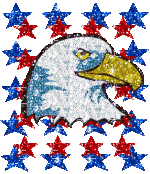
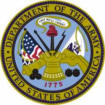

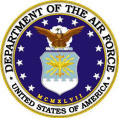
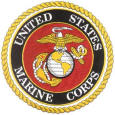

 from the University of Washington in June 1935, and joined the Naval Reserve Aviation Base Seattle for flight training. He was commissioned a second lieutenant in the U.S. Marine Corps on 1 July 1936 In April 1937, Galer was designated a Naval Aviator.
from the University of Washington in June 1935, and joined the Naval Reserve Aviation Base Seattle for flight training. He was commissioned a second lieutenant in the U.S. Marine Corps on 1 July 1936 In April 1937, Galer was designated a Naval Aviator.  expected a landing signal officer (LSO) to be assigned to the squadron for this task. Two weeks before the deadline CINCPAC informed him that no LSO would be forthcoming and that VMF-211 was still required to qualify. The CO recalled that Galer had spent much of the outbound voyage in the company of the LSO on the carrier that transported them to Hawaii. He summoned Galer, who readily admitted spending many hours with his buddy, the LSO. When he further confessed some familiarity with the LSO's duties, that was it. He was the new LSO for the squadron. The squadron qualified on schedule.
expected a landing signal officer (LSO) to be assigned to the squadron for this task. Two weeks before the deadline CINCPAC informed him that no LSO would be forthcoming and that VMF-211 was still required to qualify. The CO recalled that Galer had spent much of the outbound voyage in the company of the LSO on the carrier that transported them to Hawaii. He summoned Galer, who readily admitted spending many hours with his buddy, the LSO. When he further confessed some familiarity with the LSO's duties, that was it. He was the new LSO for the squadron. The squadron qualified on schedule.  worked miracles with PSP (pierced steel planking), and the "Cactus Air Force" began taking its toll on the Japanese bombers. Galer's pilots scrambled continuously to meet the Japanese aerial onslaught. Typically coastwatchers stationed in the Solomons warned them of incoming Japanese attacks. "Forty bombers headed yours," was a well-rembered radio message from the isolated coastwatchers. The fighters of VMF-224, VMF-211, and whatever else Cactus could put in the air would take off, looking to gain altitude before the Japs arrived. When the shooting started, they went for the bombers. After the dogfighting, if ammo remained, they would strafe enemy ships or ground positions.
worked miracles with PSP (pierced steel planking), and the "Cactus Air Force" began taking its toll on the Japanese bombers. Galer's pilots scrambled continuously to meet the Japanese aerial onslaught. Typically coastwatchers stationed in the Solomons warned them of incoming Japanese attacks. "Forty bombers headed yours," was a well-rembered radio message from the isolated coastwatchers. The fighters of VMF-224, VMF-211, and whatever else Cactus could put in the air would take off, looking to gain altitude before the Japs arrived. When the shooting started, they went for the bombers. After the dogfighting, if ammo remained, they would strafe enemy ships or ground positions.  Wildcat was shot down. "'Barbara Jane' couldn't swim, so I had to swim off and leave her. I was fortunate to encounter the coastwatchers who assisted me in getting back the next day," he joked. This was one of three planes Galer lost to the enemy during his two and a half months on Guadalcanal - after another shoot-down, two Marines swam out from the island to assist him; a third ended with a dead-stick landing on the island. Each time, Galer went back into action, and in less than a month he accrued 11 individual kills.
Wildcat was shot down. "'Barbara Jane' couldn't swim, so I had to swim off and leave her. I was fortunate to encounter the coastwatchers who assisted me in getting back the next day," he joked. This was one of three planes Galer lost to the enemy during his two and a half months on Guadalcanal - after another shoot-down, two Marines swam out from the island to assist him; a third ended with a dead-stick landing on the island. Each time, Galer went back into action, and in less than a month he accrued 11 individual kills. 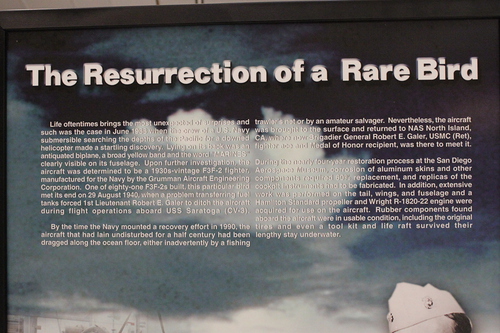
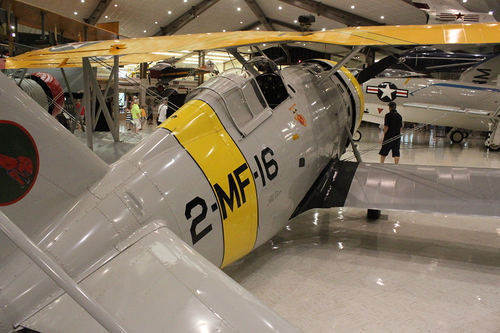 investigation, the aircraft was determined to be a 1930's-vintage F3F-2 fighter, manufactured by the Navy by the Grumman Aircraft Engineering Corporation. One of eighty-one F3F-2s built, this particular bird met its end on 29 August 1940, when a problem transferring fuel tanks forged 1st Lieutenant Robert E. Galer to ditch the aircraft during
investigation, the aircraft was determined to be a 1930's-vintage F3F-2 fighter, manufactured by the Navy by the Grumman Aircraft Engineering Corporation. One of eighty-one F3F-2s built, this particular bird met its end on 29 August 1940, when a problem transferring fuel tanks forged 1st Lieutenant Robert E. Galer to ditch the aircraft during 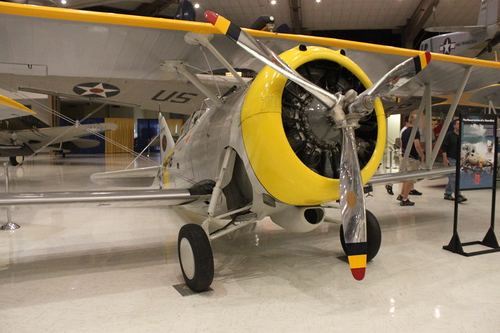 flight operations aboard USS Saratoga (CV-3).
flight operations aboard USS Saratoga (CV-3). 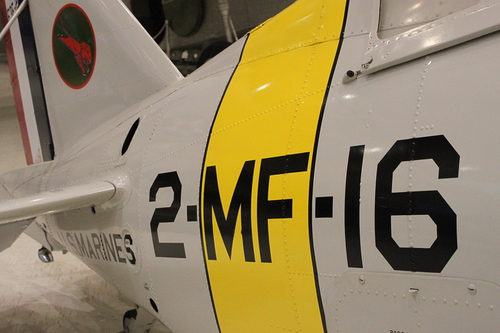 where now Brigadier General Robert E. Graler, USMC (Ret), fighter ace and Medal of Honor recipient, was there to meet it.
where now Brigadier General Robert E. Graler, USMC (Ret), fighter ace and Medal of Honor recipient, was there to meet it.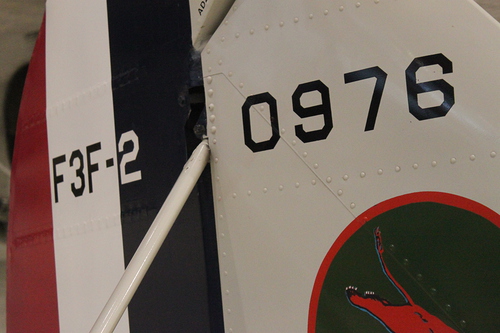 During the nearly four-year restoration process at the San Diego Aerospace Museum, corrosion of aluminum skins and other components required 60% replacement, and replicas of the cockpit instruments had to be fabricated. In addition, extensive work was
During the nearly four-year restoration process at the San Diego Aerospace Museum, corrosion of aluminum skins and other components required 60% replacement, and replicas of the cockpit instruments had to be fabricated. In addition, extensive work was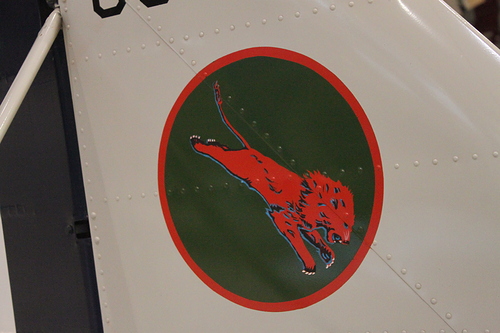 performed on the tail, wings, and fuselage and a Hamilton Standard propeller and Wright R-1820-22 engine were acquired for use on the aircraft. Rubber components found aboard the aircraft were in usable condition, including the original tires and even a tool kit and life raft survived their lengthy stay underwater."
performed on the tail, wings, and fuselage and a Hamilton Standard propeller and Wright R-1820-22 engine were acquired for use on the aircraft. Rubber components found aboard the aircraft were in usable condition, including the original tires and even a tool kit and life raft survived their lengthy stay underwater."

